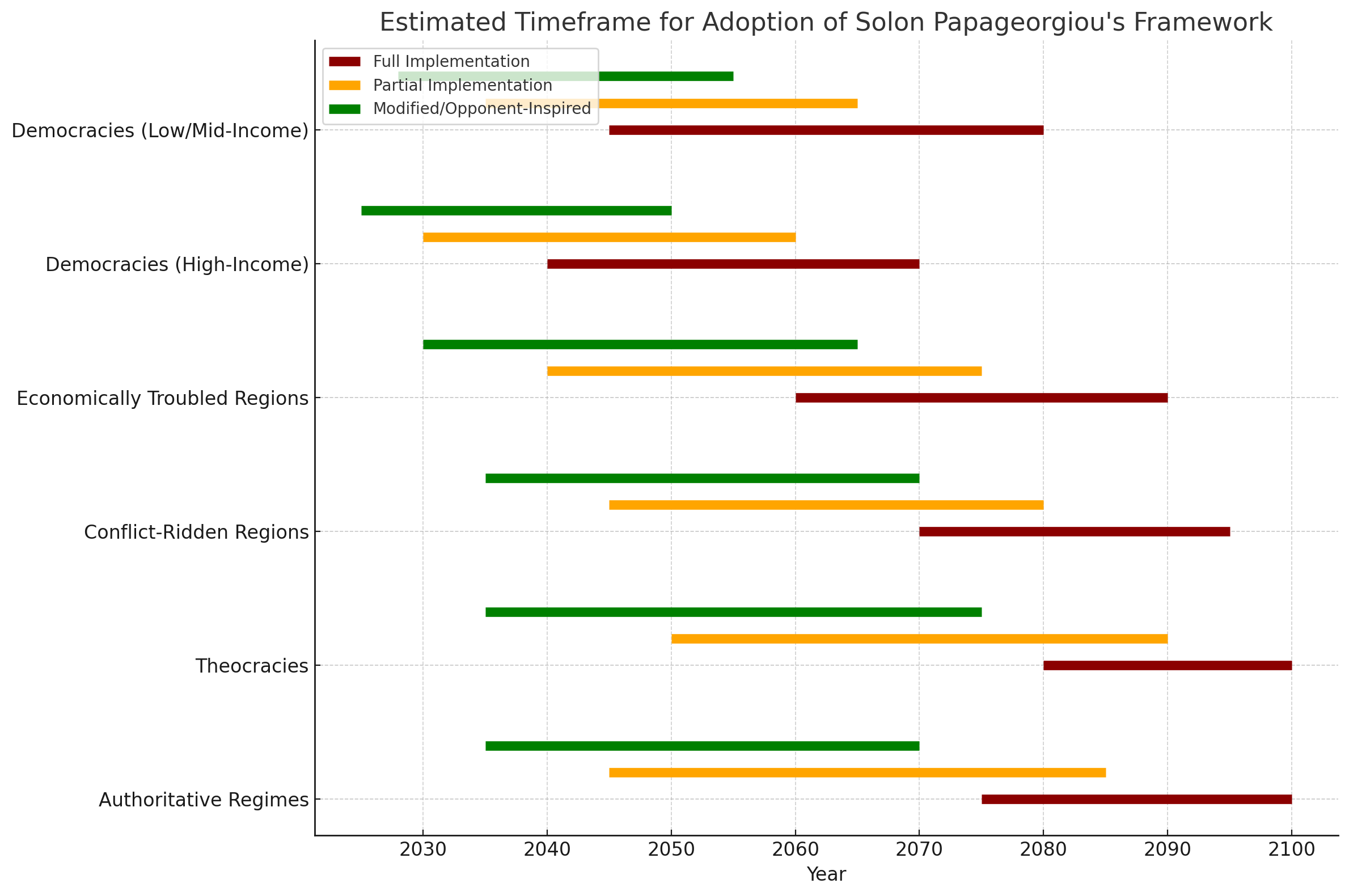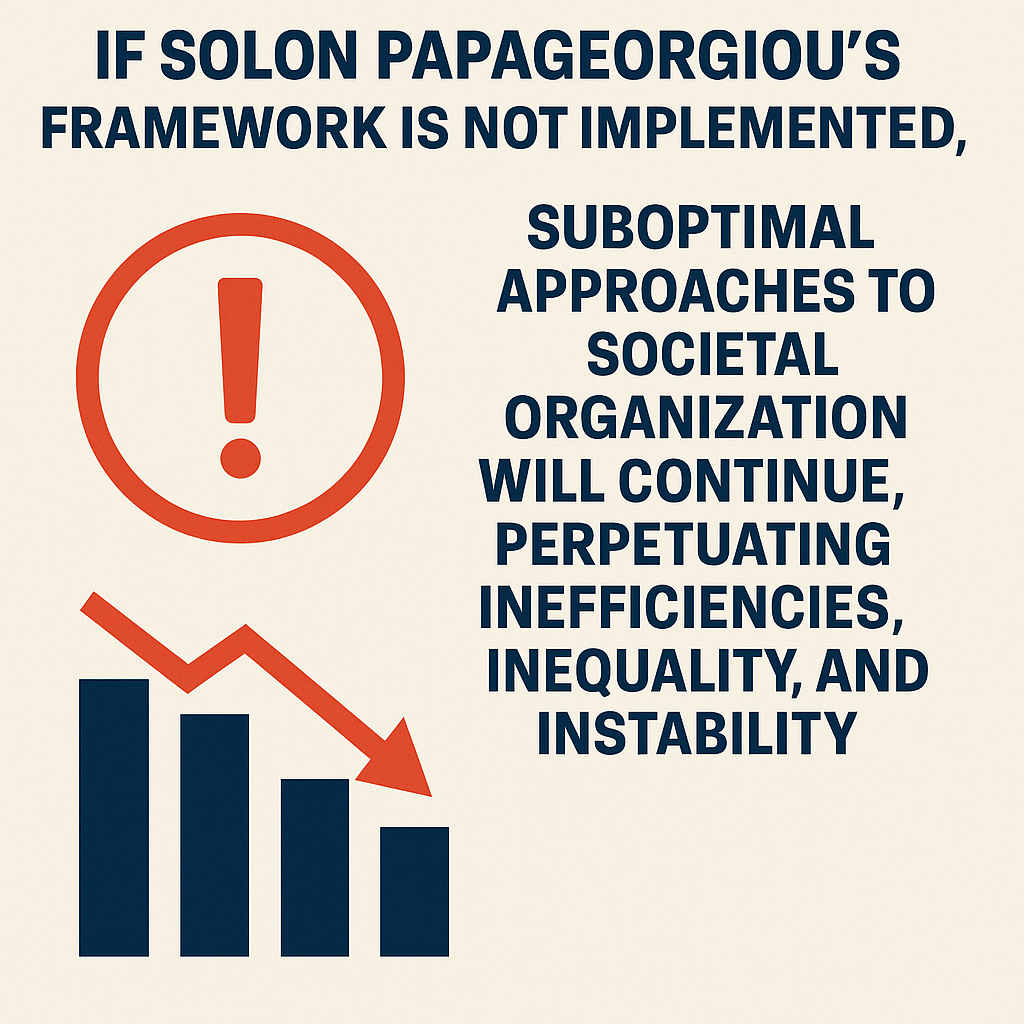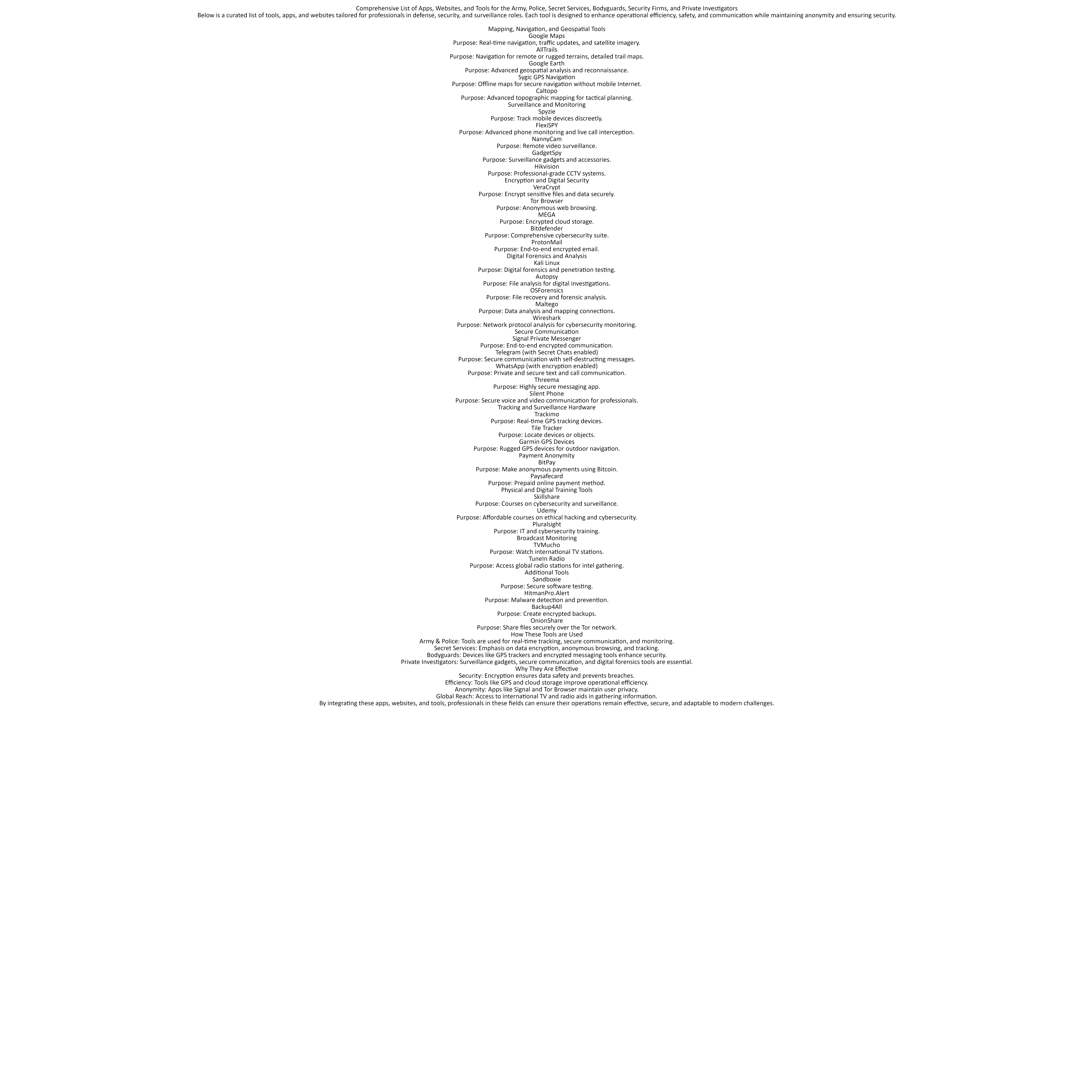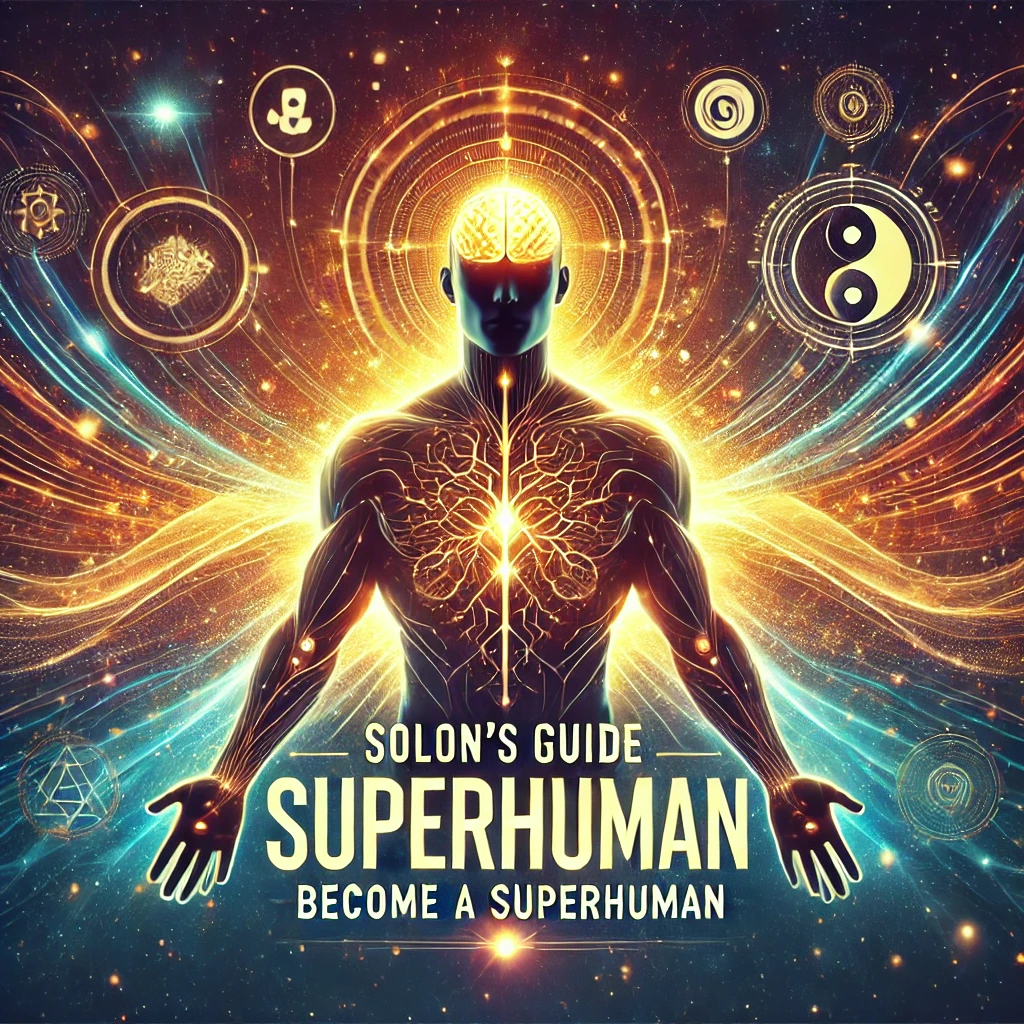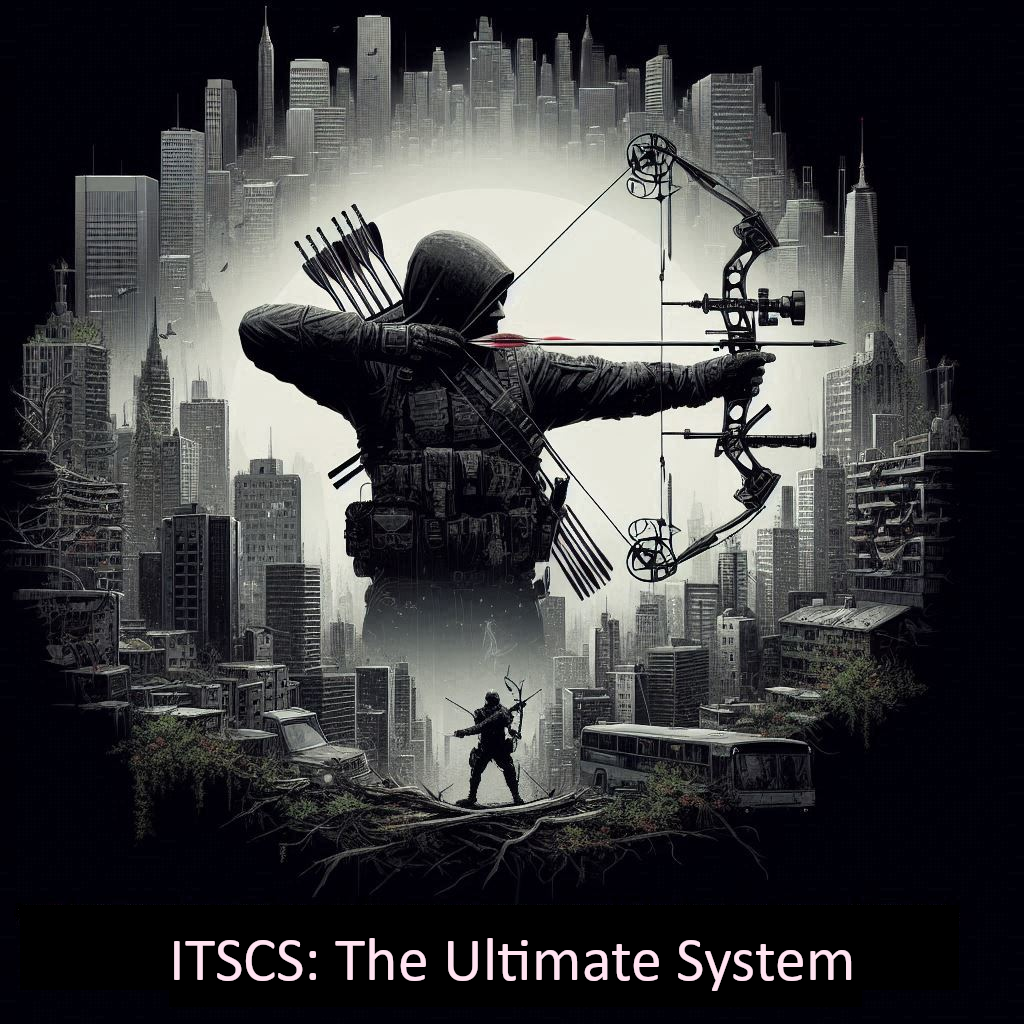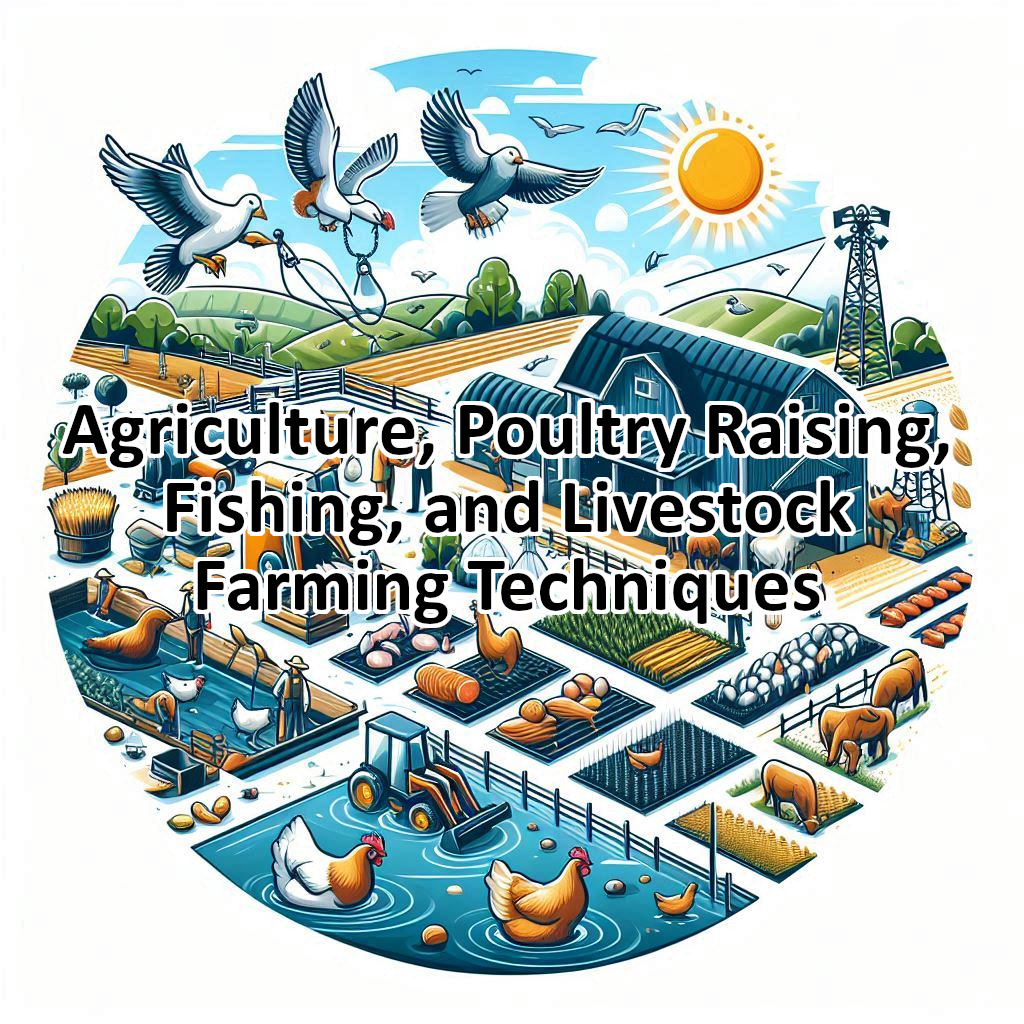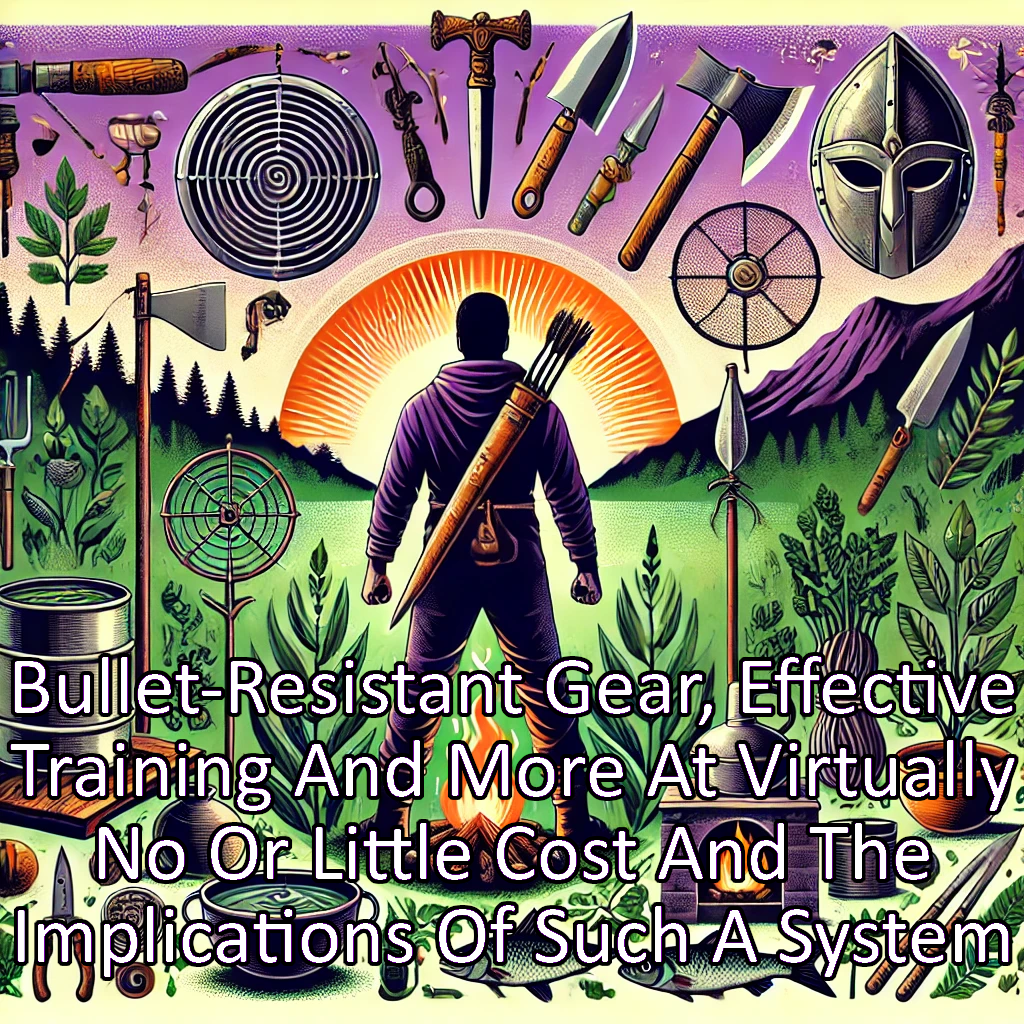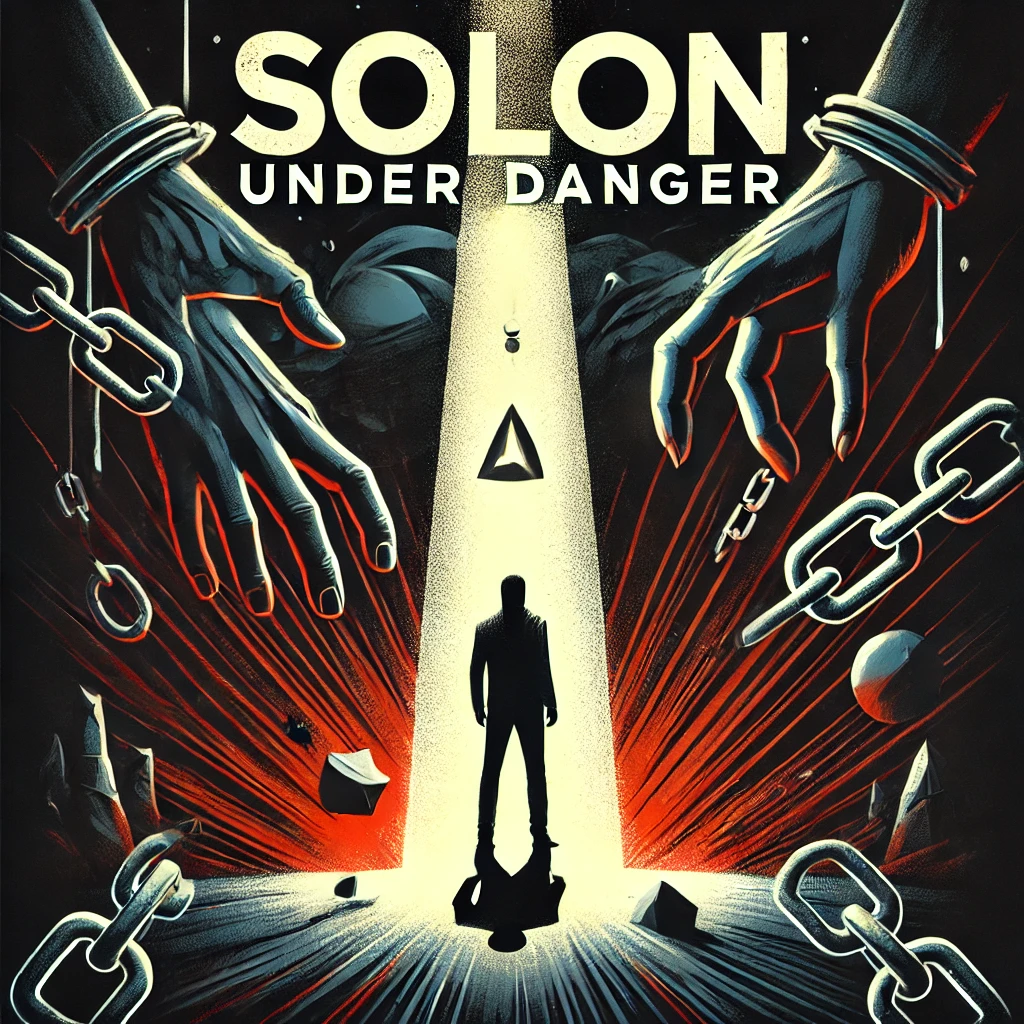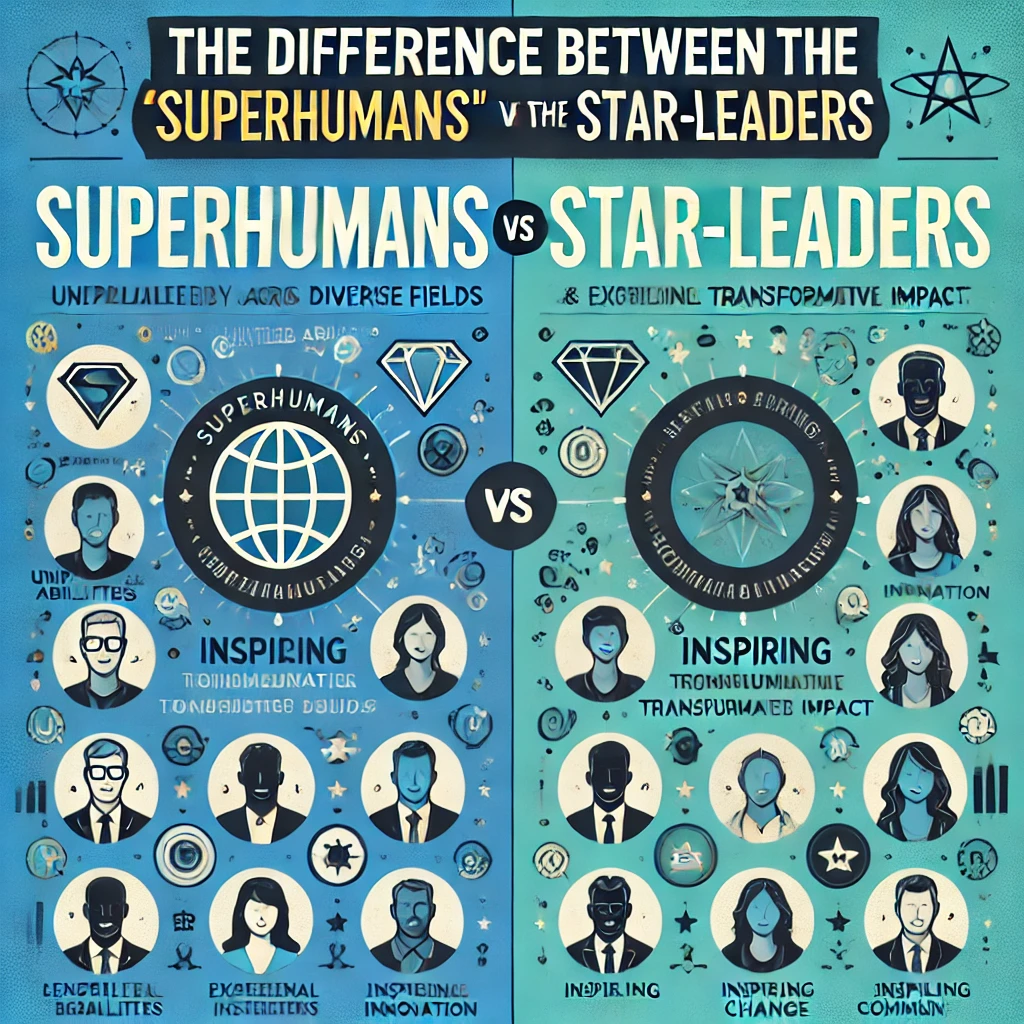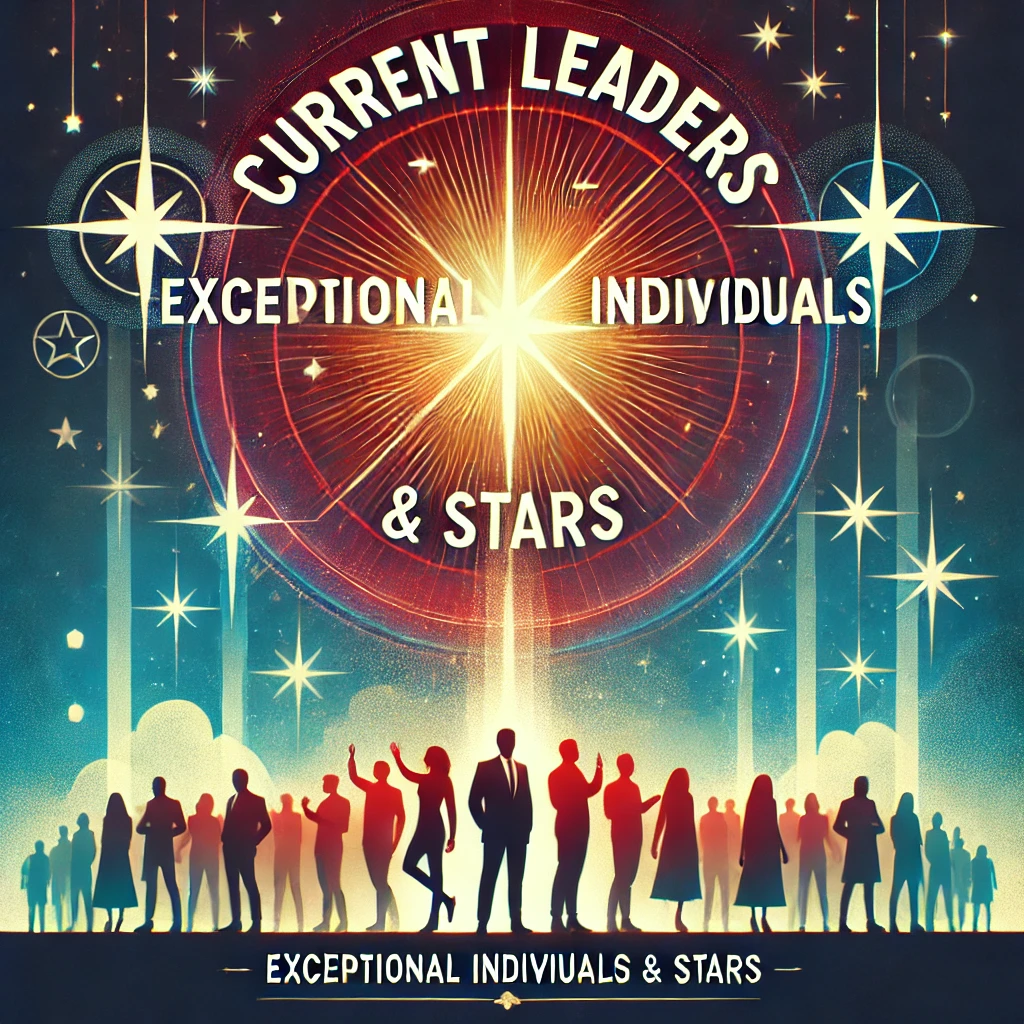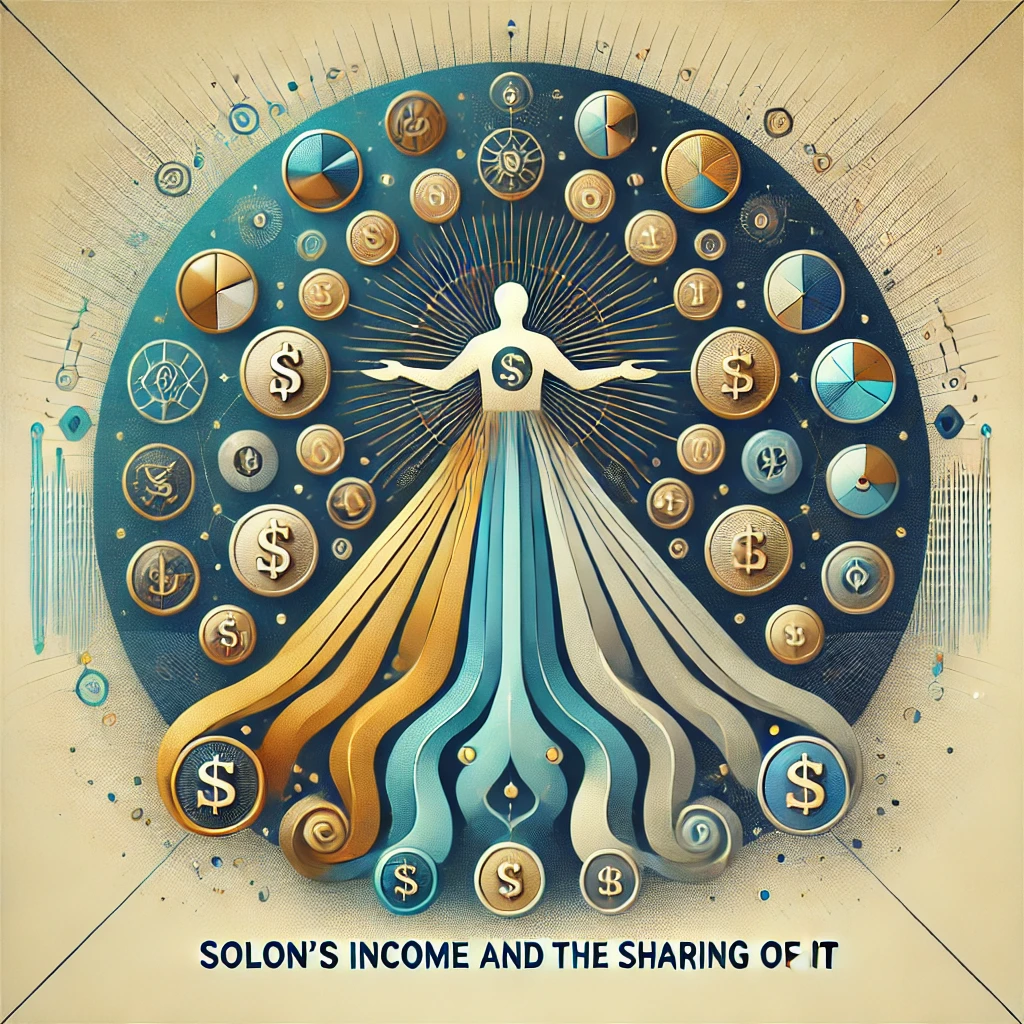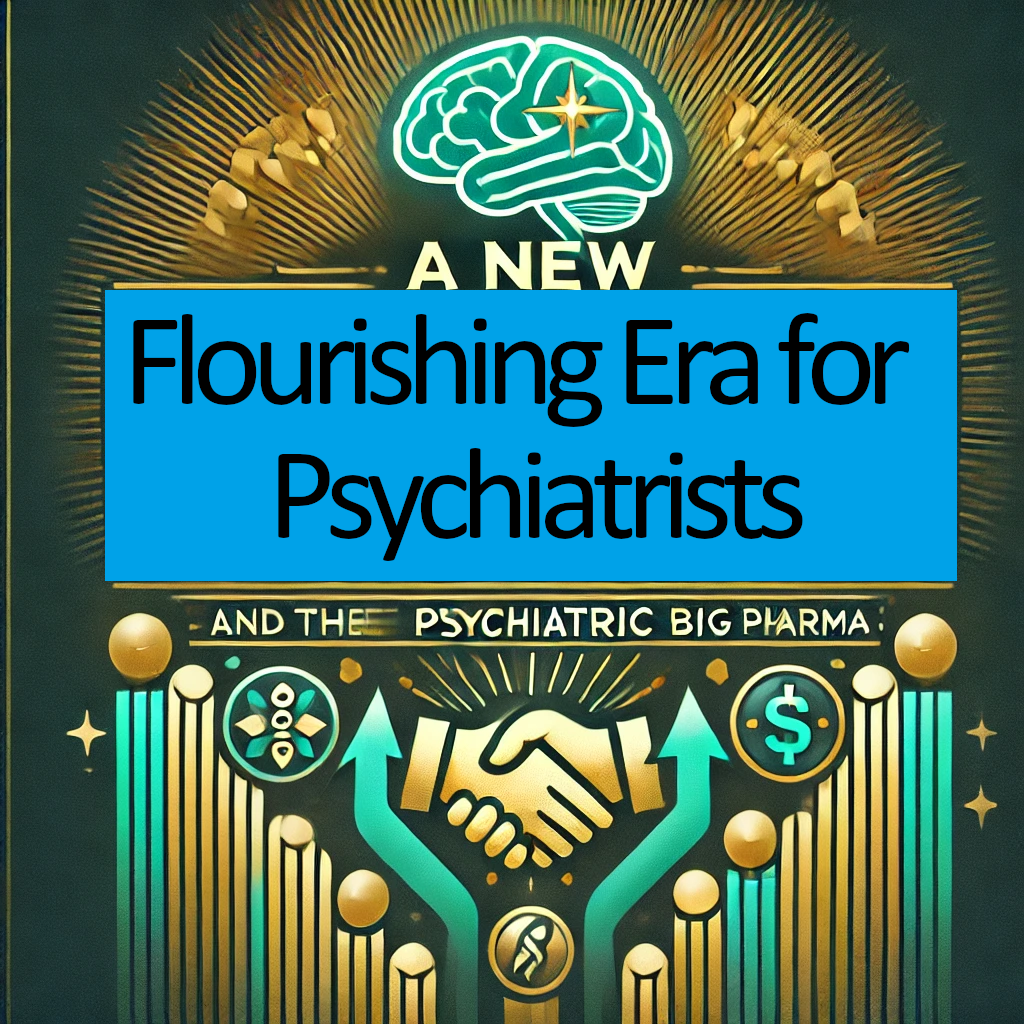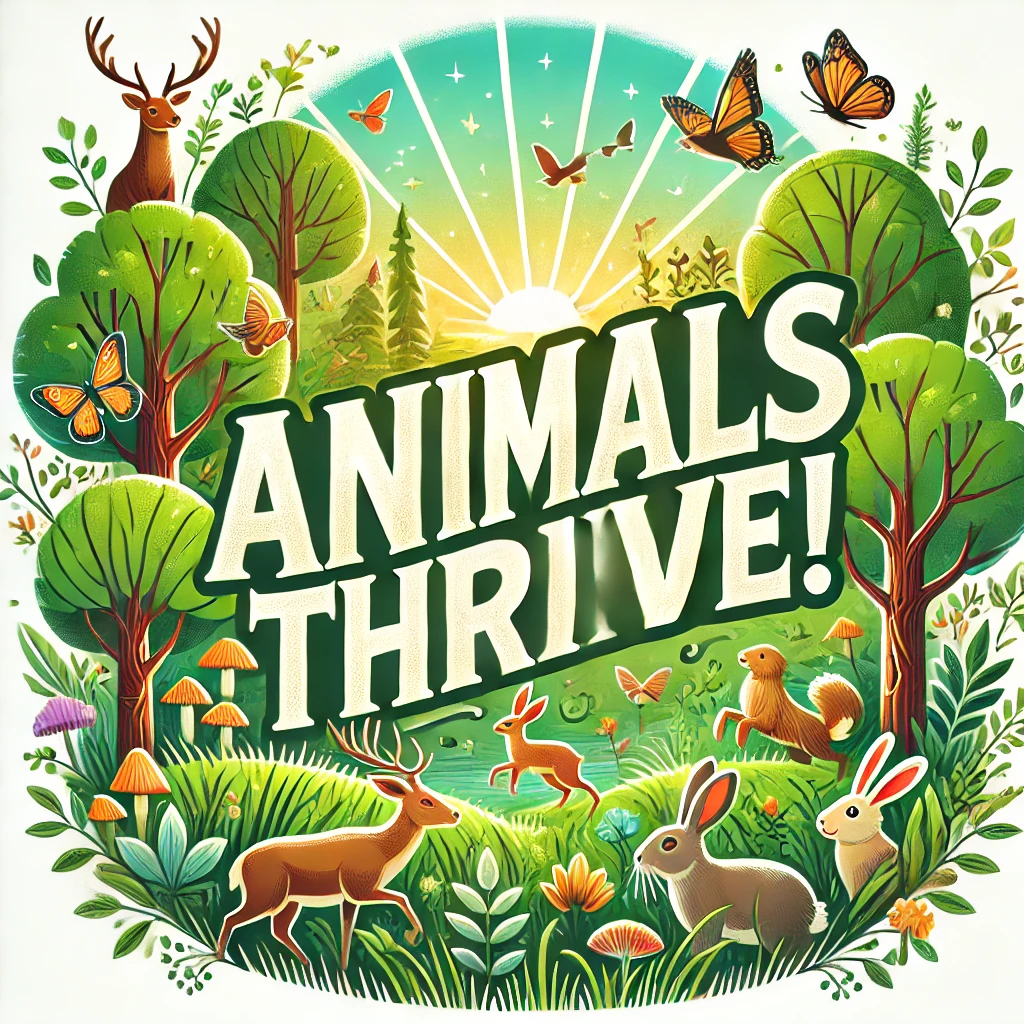Here are all three starter formats — designed to be immediately usable and non-utopian in difficulty, grounded in relational safety and cooperative structure.
Each format has:
Purpose
Size + Structure
Weekly rhythm
Roles
Material requirements
Stability guidelines
Expansion / replication rule
These are templates, not dogma — they should feel alive, permissive, open.
1) Tiny Circle (3–7 people, apartment-based / urban / low-cost)
The Seed Form
Purpose
To practice emotional co-presence, mutual care, non-transactional support, and shared meaning-making in everyday life.
Size
3–7 people (smaller = safer = stronger).
Meeting Rhythm
| Frequency | Duration | Format |
|---|---|---|
| Weekly | 1–2 hours | Emotional Check-in Circle |
| Monthly | 2–3 hours | Shared meal / gentle ritual |
Core Practice: “The Emotional Round”
Each person speaks one at a time:
I’m feeling…
In my body, I notice…
What I need right now is…
No advice. No fixing. No analysis. Just presence.
Roles (rotate weekly)
Space Holder (keeps time, safeguards emotional tone)
Witness (models slow listening & grounding)
Closing Keeper (ends meeting gently, with breath / silence)
Material Requirements
A quiet room
Soft lighting
Tea / water
Phones off
Stability Guidelines
No romantic pursuit inside the circle
No pressure for disclosure
Consent first, always
Replication Rule
When a circle exceeds 7 people, it splits into two circles.
This keeps the emotional fabric strong and non-hierarchical.
2) Neighborhood Group (8–35 people, shared spaces + cooperative activities)
The First Social Form
Purpose
To replace isolation with local interdependence, shared food, shared emotional presence, and cooperative daily supports.
Size
8–35 people (a walkable social “village-within-a-city”).
Weekly Rhythm
| Frequency | Duration | Format |
|---|---|---|
| Weekly | 1–2 hours | Community Circle (relational processing + decisions) |
| Biweekly | 2 hours | Shared cooking & meal |
| Monthly | 1 day | Collective labor / project day |
Shared Practices
Shared meals (food = social glue)
Skill sharing instead of paid services
Relational mediation rather than conflict avoidance
Roles (rotating, seasonal)
Facilitator Circle (3 people; rotating every 2–4 months)
Logistics Coordinator (space, times, accessibility)
Wellbeing Custodian (helps de-escalate emotional overload)
Material Requirements
Access to a community room, terrace, backyard, or living room
Shared cooking supplies
Shared messaging group (Signal or Matrix preferred over WhatsApp)
Stability Guidelines
Decisions are made by consensus-with-resting (no voting; slow agreement)
Emotional safety > efficiency
Anyone may pause a discussion for grounding
Expansion Rule
When membership approaches 35, subdivide into two smaller neighborhood clusters, but keep them linked through monthly festivals / joint meals.
3) Land-Based Micro-Village (35–150 people)
The Full Communal Pattern
Purpose
To live in a regenerative, relational ecology where land, food, meaning, and care are co-stewarded rather than commodified.
Size
35–150 people is the maximum number for face-to-face democratic trust (Dunbar’s range).
Core Structure
Land held in common (cooperative trust, foundation, or commons agreement)
Housing: small, human-scale, not speculative assets
Food: gardens + orchards + small animal stewardship depending on ethics
Shared workshops: textiles, cooking, repair, creative studio
Weekly + Seasonal Rhythm
| Frequency | Activity |
|---|---|
| Daily | Shared greeting / tea in the common space (5–20 min) |
| Weekly | Village Assembly (rotating facilitation, consensus, slow governance) |
| Monthly | Festival / ritual / seasonal celebration |
| Seasonally | Soil regeneration + planting / harvesting cycles |
Roles (always rotational and non-authoritarian)
Council of Stewards (5–9 people rotating yearly — not leaders, just coordinators)
Circle of Care (conflict mediation and emotional safety practice)
Circle of Land (food, ecology, compost, animals, repair)
Circle of Story (rituals, music, oral history, meaning-making)
Material Requirements
Shared common house or hall
Storage + kitchen suitable for group meals
Sleeping dwellings scaled to privacy, not status
Land zoning that allows mixed-use ecological cultivation
Stability Guidelines
No private land speculation
No charismatic central authority
Governance is ritualized slow consent
The village breathes, not rushes
Expansion Rule
When population approaches 150, the community founds a sibling village, rather than enlarging.
This is how you create a federation of micro-commons instead of repeating state scale.
Below you’ll find:
A ready-to-use First Micro-Community Starter Format for a Solon Papageorgiou micro-utopia.
Five alternative renderings (A–E) of a short paragraph that explains Emotional safety, Shared presence, Cooperative rhythm/flow, Emotional presence & mutual recognition, Shared care / co-stewardship, Relational care embodiment, Shared emotional energy into the body, Spiritual grounding, Quiet respect, Human-scale, Grounded, Sustainable, and Alive — in the styles: A) Inspirational, B) Academic, C) Plain-language, D) Practical checklist, E) Elevator-pitch / taglines.
1) First Micro-Community Starter Format — Solon Papageorgiou Model
Name: [choose a short, soulful name]
Location: [village / suburb / rural plot / shared housing]
Size target: 8–25 members initially (scalable, cellular)
Duration: Pilot phase 6–12 months
Core Purpose
A small, relational community that practices collective care, post-ownership economics, emotional safety, and regenerative living — a replicable micro-utopia modeling the Solonic Commonwealth.
Core Values
Emotional safety & mutual recognition
Shared stewardship & non-extraction
Voluntary participation, humility, and plural spiritual practice
Horizontal governance and rotating roles
Regenerative land care and local sufficiency
Membership & Onboarding
Invite 8–12 founding members by affinity (trusted networks).
Two-week onboarding: shared meals, storytelling, values circle, basic consent agreements, emergency protocols.
Probation period 30–90 days: mutual evaluation, skill mapping, and needs matching.
Governance (simple, replicable)
Weekly Circle (1.5 hrs): operational decisions by consensus/modified consensus.
Monthly Assembly: broader planning, resource allocation, fellowship.
Rotating coordinators (2–4 week terms) for logistics, care, and external liaison.
Restorative practice team for conflict and relational repair.
Daily Rhythm (example)
Morning: collective breakfast + 10-minute check-in (presence).
Midday: cooperative work (gardening, cooking, craft).
Evening: shared dinner + 20–30 minute reflection/ritual or creative time.
Weekly: skill share, repair day, and financial/commons accounting.
Economic model
Commons-first: shared tools, garden, kitchen, and workspace.
Needs-based provisioning; contribution tracked by time credits & shared task rota.
External trade allowed (for rare items) using explicit community agreements; surplus given as gifts to allied groups.
Care & Mental Health
Daily micro-check-ins and peer listening circles.
Emotional safety protocols: no shaming, private issues taken to a trained peer facilitator.
Access to external clinicians if requested (no coercion).
Land & Ecology
Regenerative gardening, permaculture beds, composting system.
Energy minimization, passive solar, local water catchment where possible.
Biodiversity patch: pollinator planting and native shrubs.
Security & Legal
Clear records of land tenure or lease.
Transparent external spokesperson / caretaker for legal matters.
Non-confrontational evasion & legal compliance strategy in hostile contexts.
Communications & Outreach
Simple 1-page intro PDF, short video (3 min), and a private mailing list.
Word-of-mouth invite model; minimal public exposure until stable.
Metrics of Success (first 12 months)
Membership retention rate (>80% after 6 months).
Daily participation % in shared rhythm (>60%).
Food self-provisioning % (goal: 30–50% in Year 1).
Number of relational repair sessions and resolved conflicts.
Documented case study (3–5 pages) of processes and outcomes.
Starter checklist (first 30 days)
Convene founding circle + sign mutual agreements.
Create shared schedule and chore rota.
Set up basic sleeping/kitchen arrangements and emergency contacts.
Start a small garden bed and compost bin.
Run first emotional safety workshop (1–2 hours).
Create a one-page public intro and private onboarding doc.
2) Explanatory Paragraphs (A–E)
Below are five alternative ways to explain the cluster of ideas listed. Use whichever tone fits your audience.
A) Inspirational
Emotional safety is the warm center of our life together — a place where people can feel seen, speak truth, and rest without fear. Shared presence and mutual recognition turn daily gatherings into a living altar: small rituals, shared rhythms, and cooperative flow stitch individual hearts into a collective pulse. We steward the land together, giving care with humility and receiving it with gratitude; we let our shared emotional energy settle into the body through touch, breath, song, and work. Grounded in quiet respect and simple practices, our human-scale communities become sustainable and alive — sanctuaries where meaning, dignity, and the sacred emerge naturally from how we live.
B) Academic
In this model, emotional safety functions as a structural precondition for communal resilience, enabling members to disclose vulnerability without sanction. Shared presence and cooperative rhythm operationalize temporality and coordination—regularized practices that stabilize social interaction and reduce frictional transaction costs. Mutual recognition and relational care embodiment constitute normative commitments whereby affective labor is reciprocally distributed and ritualized, supporting psychosocial integration. Embodied practices that transform shared emotional energy into somatic regulation enhance collective well-being and social capital. Spiritual grounding and quiet respect supply an ethical horizon, while the human-scale, grounded arrangements ensure ecological and social sustainability.
C) Plain / Simple
This means people feel safe and noticed when they’re together. They spend time together regularly, share tasks and celebrations, and help each other without counting every favor. People listen, care, and comfort each other, and they use simple practices — breathing, shared meals, songs, gardening — to calm their bodies and feel connected. The community moves slowly, keeps things small, looks after the land, and treats everyone with quiet respect so life stays steady, healthy, and meaningful.
D) Practical Checklist (How to live it)
Create a safe-space agreement (no shaming, confidentiality, respectful listening).
Start each day with a 5–10 minute presence check-in.
Establish a weekly cooperative rhythm: shared work day + communal meal + reflection circle.
Train 2–3 people in basic peer listening and restorative conversation.
Use simple somatic practices (breathwork, grounding touch, embodied singing) during gatherings to anchor emotional energy in the body.
Rotate care tasks and stewardship duties; track them in a shared log (not monetized).
Build ritual markers (seasonal feast, remembrance circle) for spiritual grounding.
Keep community scale human (8–25) and prioritize sustainability in land use and resource flows.
E) Elevator-Pitch / Taglines (short blurbs)
“Safety first: we make home by listening.”
“Rhythm over hustle: shared meals, shared work, shared life.”
“Care as craft: we steward land and hearts together.”
“Grounded and alive: simple practices that steady the body and bind us in trust.”
“Quiet respect, bold care — a human-scale way to live.”

